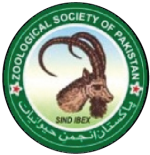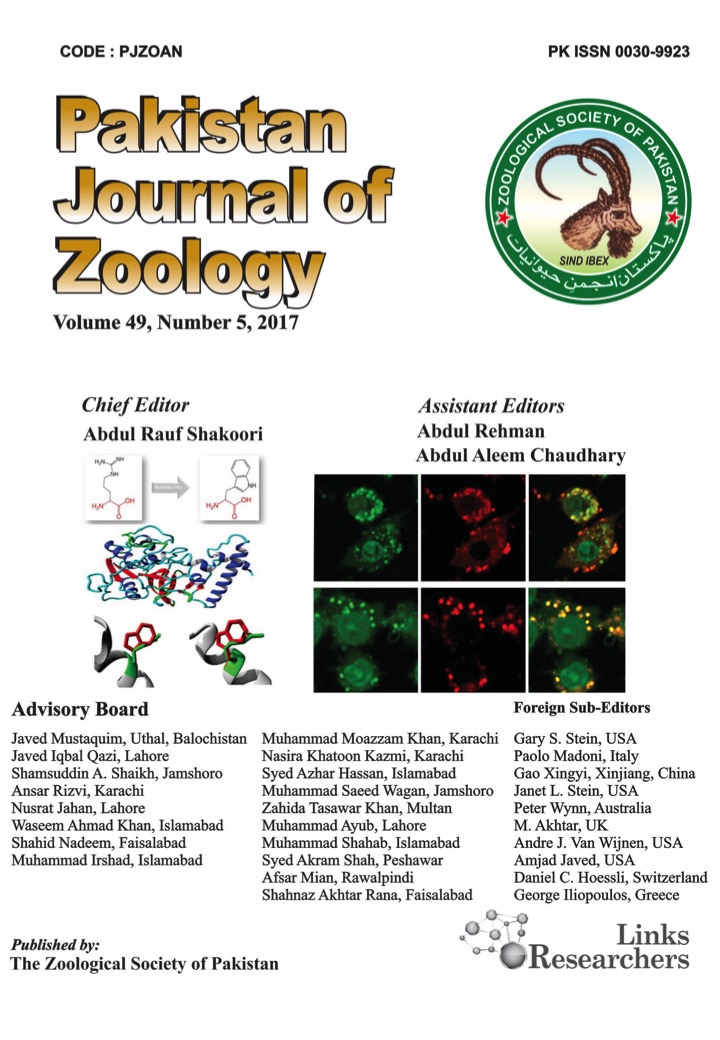DNA Barcoding of Pest Rodents: An Approach in Integrated Rodent Pest Management
R.L. Rengarajan1,2*, G. Archunan1,3, B. Balamuralikrishnan4, I. Peatrise Geofferina5 and A. Vijaya Anand5
1Department of Animal Science, Bharathidasan University, Tiruchirappalli-620024, Tamil Nadu, India
2Rashtriya Uchchatar Shiksha Abhiyan (RUSA 2.0), Madurai Kamaraj University, Tamil Nadu, Madurai-625021, Tamil Nadu, India
3Marudupandiyar College, Tamil Nadu, Thanjavur-613403, Tamil Nadu, India
4Department of Food Science and Biotechnology, Sejong University-05006, Seoul, South Korea
5Department of Human Genetics and Molecular Biology, Coimbatore-641046, Tamil Nadu, India
* Corresponding author: adhibio2000@gmail.com
Fig. 1.
The geographical location of the study areas in Tamilnadu, India.
Fig. 2.
NJ evolutionary phylogenetic tree constructed based on (K2P) inferred from 604 bp sequence of COI sequence. The analysis involved 18 nucleotide sequences. Philarctus bergrothi were utilized as an outgroup to implant the tree. NJ, Neighbor Joining
Fig. 3.
NJ phylogenetic tree constructed based on (K2P) inferred from COI of B. indica, M. meltada, R. rattus, and T. indica. The bootstrap values are displayed adjacent to the branches. The study included 51 nucleotide sequences. All positions with gaps and missing data were removed. The final dataset contained 614 positions in total. NJ, Neighbor Joining.












